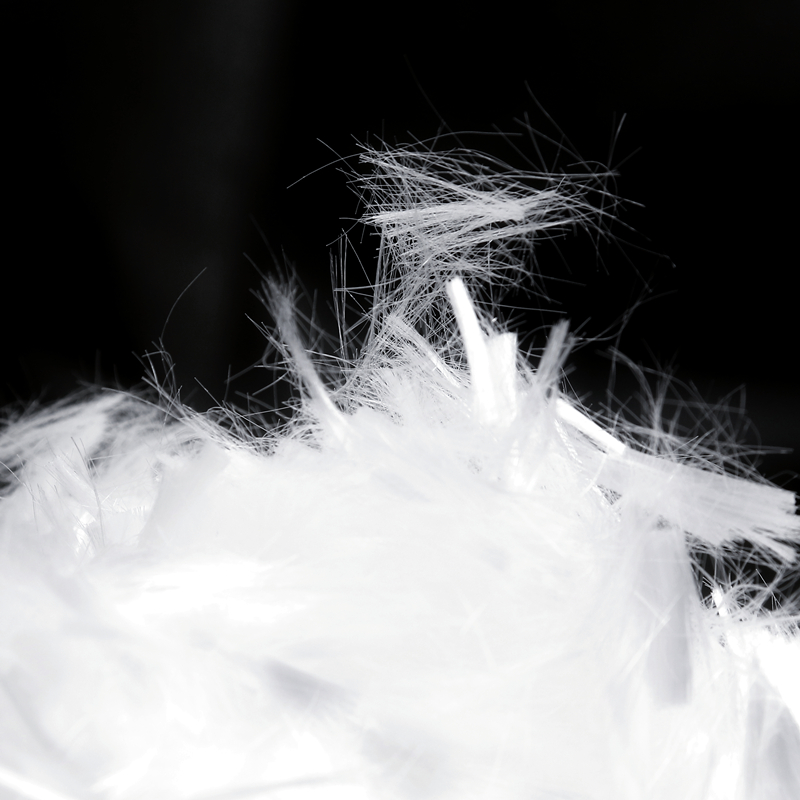Bendable Concrete-ECC
Writer: admin Time:2025-05-29 10:36 Browse:
Bendable concrete, also known as ECC concrete (Engineered Cementitious Composite), is a fiber-reinforced composite material based on micro mechanical design principles, using cement, quartz sand, and other matrices. It has high ductility, high damage resistance, high durability, high strength (compressive, tensile), and good crack control ability, also known as "bendable concrete".
ECC concrete can significantly improve the cracking load and subsequent bearing capacity of masonry walls after cracking; It can significantly improve the vertical bearing capacity and damage resistance of the structure.
ECC concrete is a fiber-reinforced cement-based composite material with high ductility. Based on the design principles of micromechanics, it is a fiber-reinforced composite material with cement, quartz sand and other matrices. Compared with ordinary concrete, it has high strength, toughness, crack resistance and damage resistance.
Composition of ECC
Flexible concrete is composed of all components of traditional concrete minus coarse aggregates, and mixed with polyvinyl alcohol fibers. It contains cement, sand, water, fibers, and additives. Polyvinyl alcohol fiber/UHMW polyethylene fibers are coated to prevent fiber breakage, thus ECC has stronger deformation performance than ordinary concrete.

Working mechanism
Whenever the load increases beyond its limit, the strong molecular bond formed between PVA fibers and concrete during hydration can prevent cracking. The different components of ECC work together to resist loads.
Advantages of ECC concrete
Has the ability to bend like metal, is stronger, more durable, and lasts longer than traditional concrete; It has self-healing properties and can be cured through the use of carbon dioxide and rainwater; About 20-40% lighter than ordinary concrete.
Disadvantages of ECC concrete
Compared to traditional concrete, the construction cost is higher. It requires skilled labor to build it. It requires some special types of materials that are difficult to find in certain regions. Its quality depends on the materials used and their manufacturing conditions. Its compressive strength is lower than that of traditional concrete.
